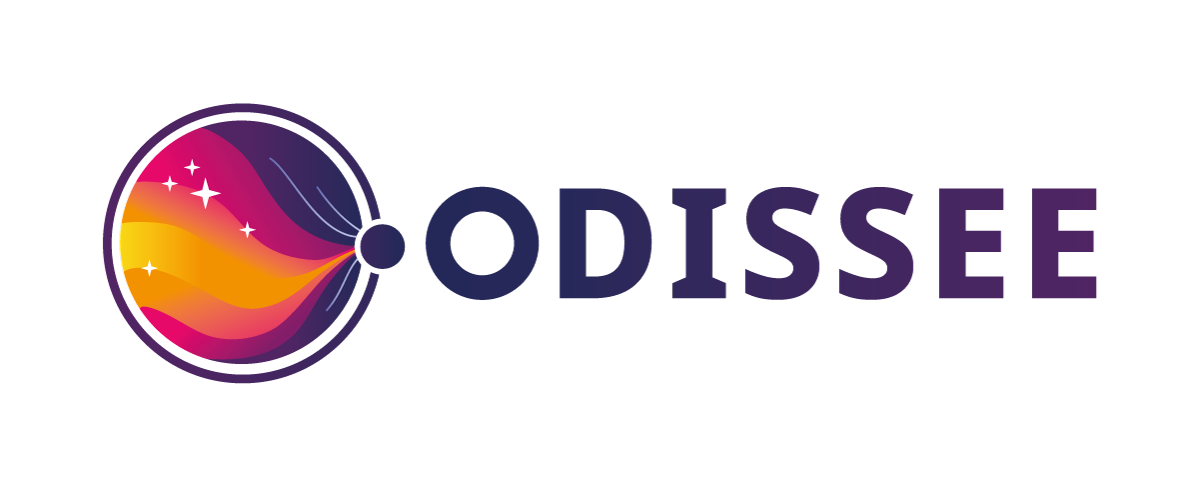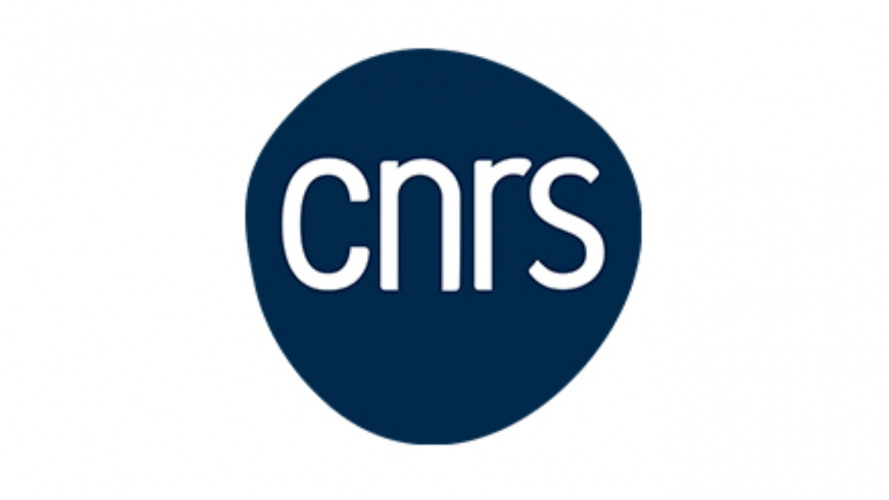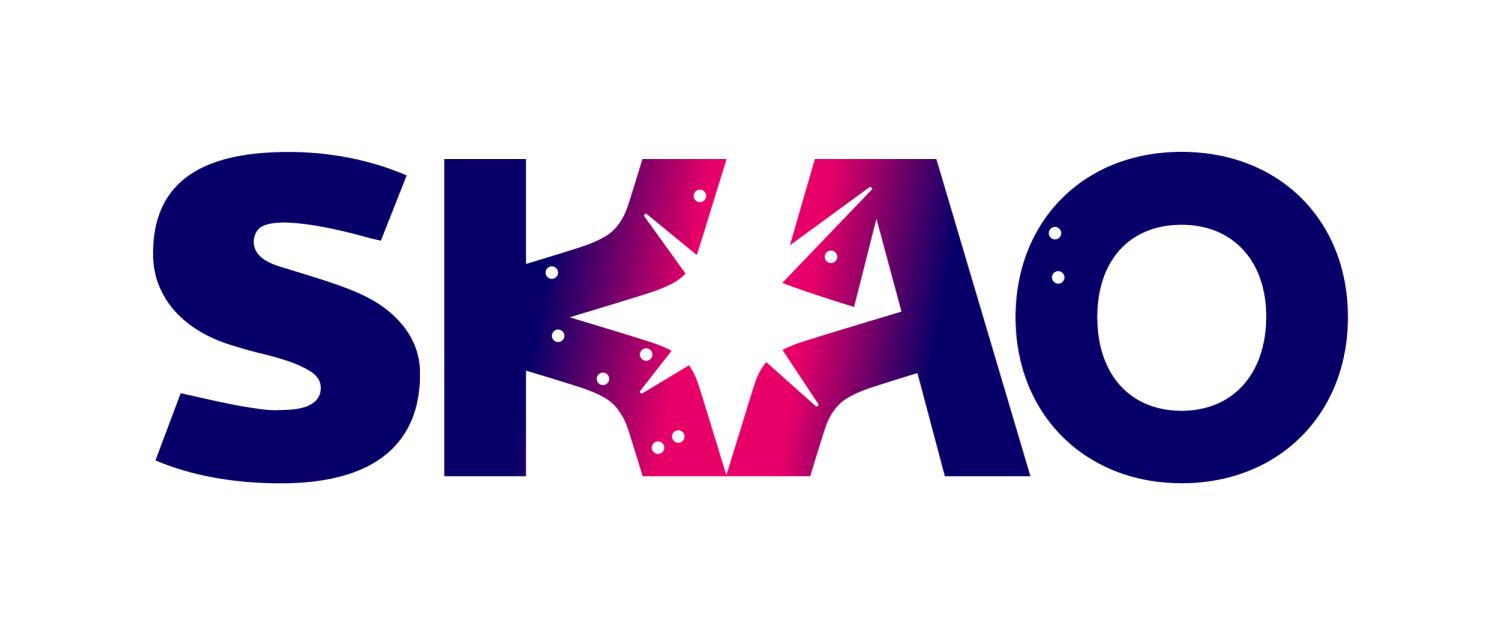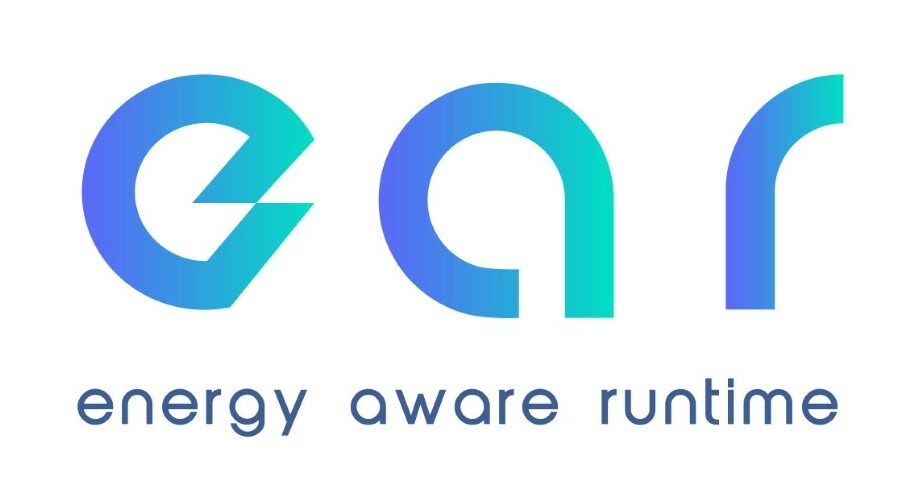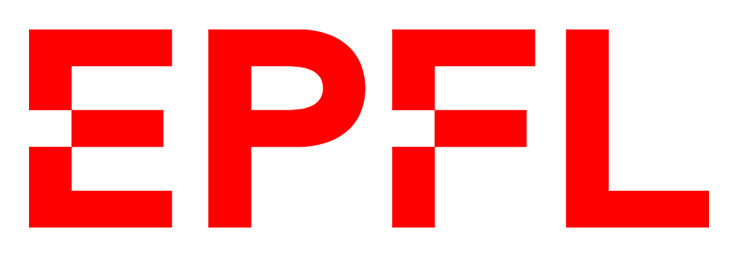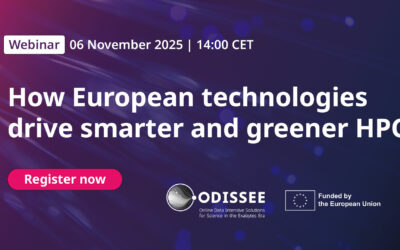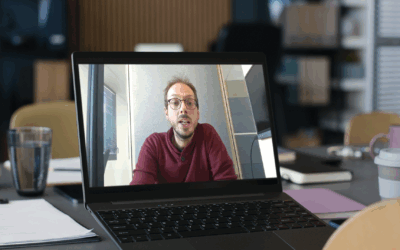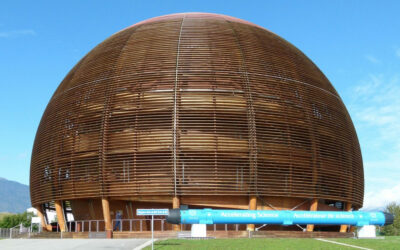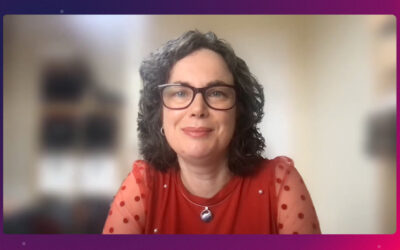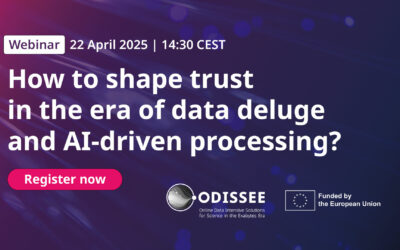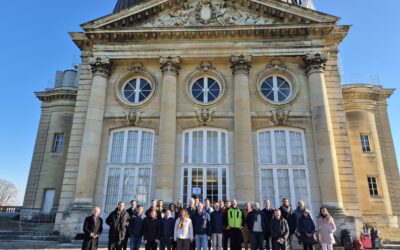Innovation for a sovereign Europe
ODISSEE Project
Using AI to cope with data deluge from SKAO and CERN HL-LHC
The challenge: dealing with data deluge
Flagship future physical science research infrastructures, such as CERN’s Large Hadron Collider (HL-LHC) and the SKA Observatory (SKAO), will generate massive quantities of raw data, measured in Exabytes (1018 bytes) per year, far greater than all the data generated by a global service such as Facebook.
This flood of data paves the way for major scientific breakthroughs, but poses a crucial challenge: current digital technologies are no longer able to process these massive data streams, and major discoveries may go unnoticed.
Photo: Courtesy of CERN
Meet the needs of HL-LHC and SKAO scientific communities
Processing data on the fly using AI and frugal, flexible algorithms
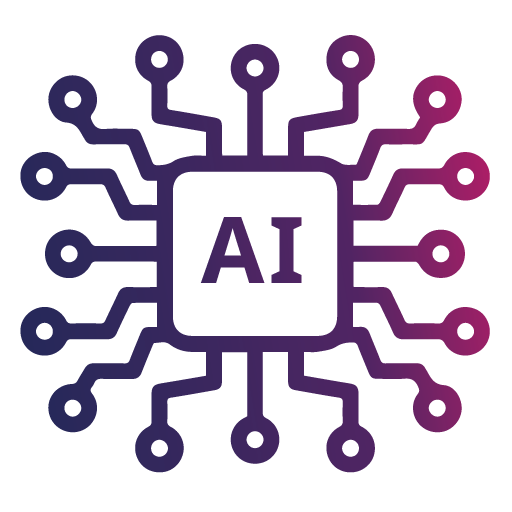
On-the-fly data processing
Using eco-responsbible artificial intelligence for efficient selection of relevant data and trustworthy preservation of actionable data products
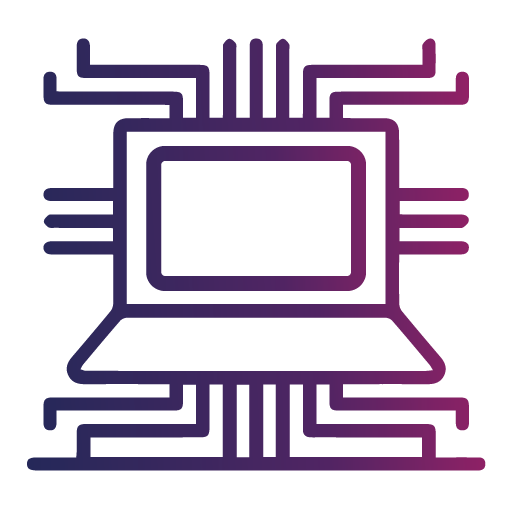
Dedicated hardware and software solutions
Development of dedicated hardware and open, non-proprietary software solutions that are both energy-efficient and flexible, to facilitate their adaptability to unknown situations
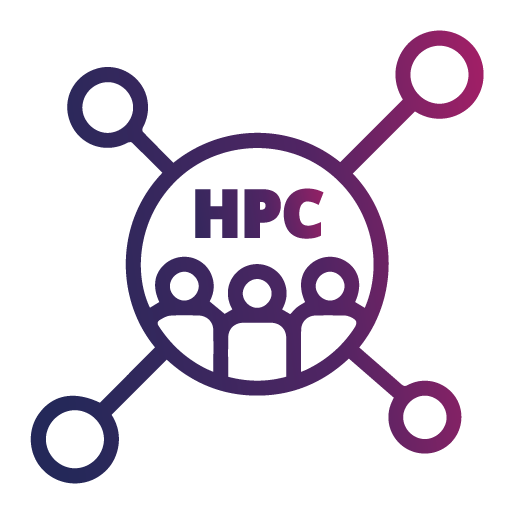
Enhance the HPC ecosystem
Exploit and enhance the European High Performance Computing (HPC) ecosystem, anticipating the needs of next-generation Exascale supercomputers
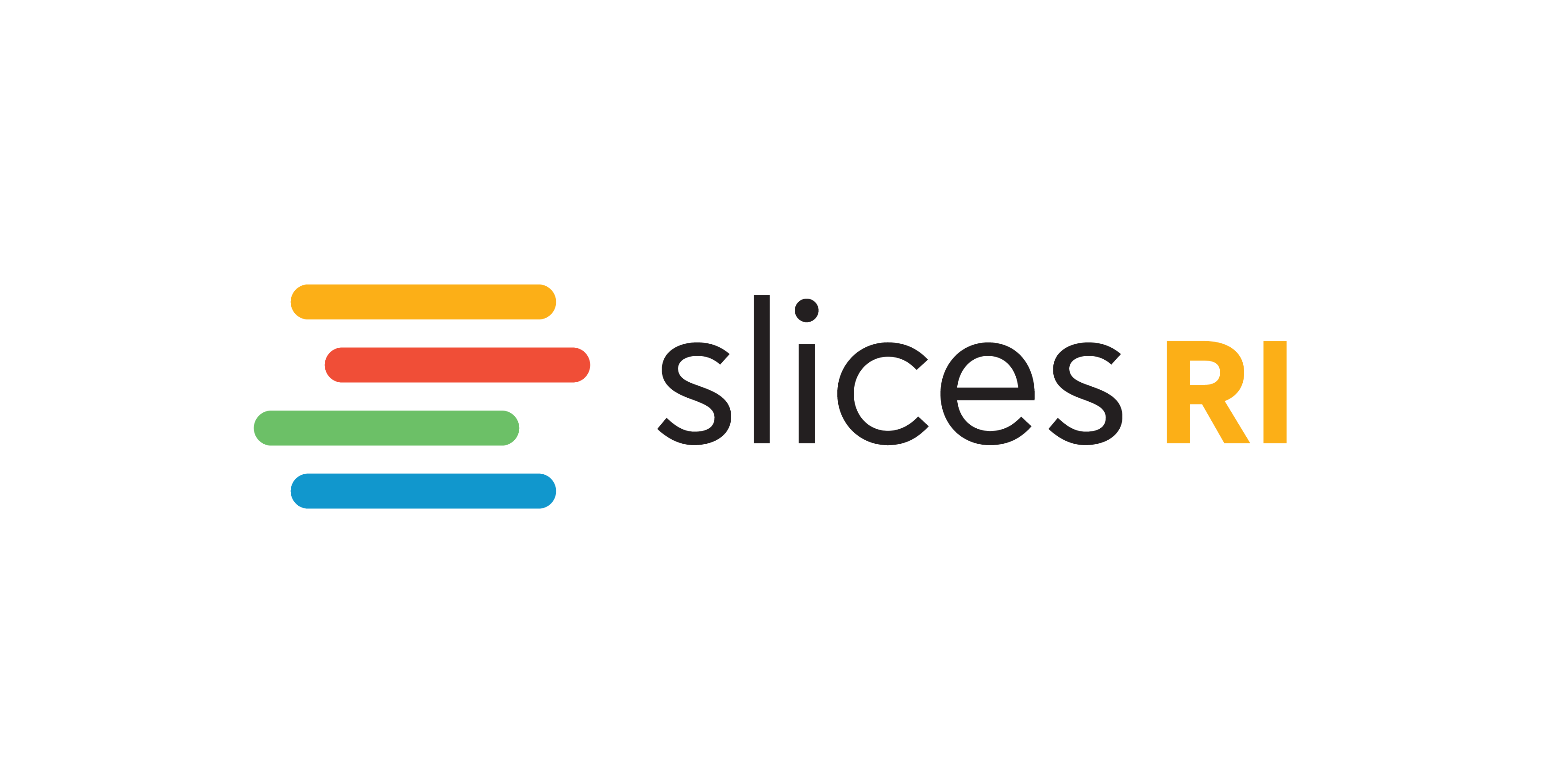
SLICES RI is designed to address innovative digital infrastructure experiments
SLICES offers a unique experimental platform for component configuration, test calculations and user training
A pilot program
The quest for dark matter
To demonstrate the effectiveness of these new technologies, ODISSEE will work on specifiying a pilot combining the use of both SKAO and HL-LHC: the search for the nature of dark matter.
Identifying the nature of this fundamental mystery of the universe, which accounts for a large proportion of its mass but remains invisible, requires to combine the capabilities of both infrastructures, setting new standards in terms of data handling and operational models.
At a glance
The project in figures
Partners and 2 associate partners
Countries
Million € funding
Months
Get to know us
The team
Coordinated by Observatoire de Paris, the three-year ODISSEE consortium brings together 14 partners and 2 associate partners from academia and industry. By involving such a diverse pool of partners, the project will be able to design technological solutions for the benefit of research that can be directly applied in the industrial world, thereby helping to boost European industry competitiveness and European digital sovereignty.
News and events
Follow us
ODISSEE Webinar: How European technologies drive smarter and greener HPC
Interview with Etienne from Sipearl
ODISSEE Consortium Meeting – January 20–22, 2026
Interview with Julita from EAR
ODISSEE Webinar: how to shape trust in the age of data deluge and AI-driven processing?
Launch of EU-funded project ODISSEE
Deliverables
Curious about ODISSEE’s progress and achievements?
Explore our approved deliverables—transparent, detailed reports showcasing the advancements across our eight Work Packages and the collaborative efforts driving the project forward.
